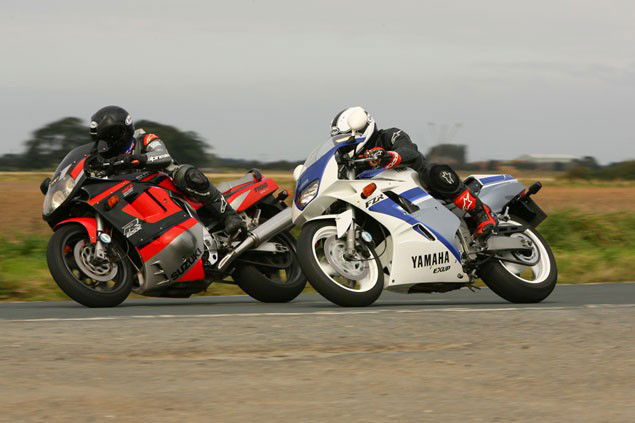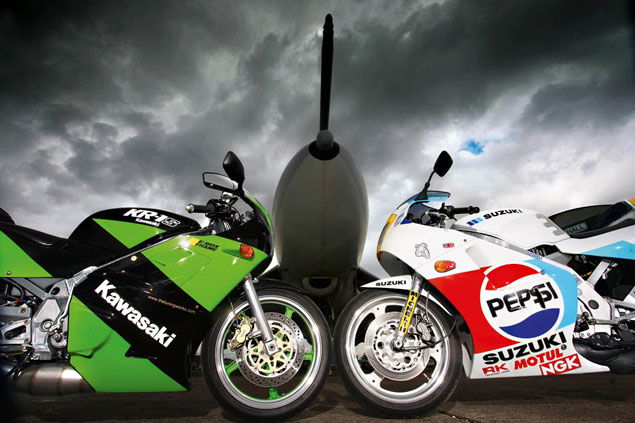Classic Scrap - 1991 Yamaha FZR1000R EXUP Vs Suzuki GSX-R1100
For many, these are still the two greatest superbikes ever built. Suzuki's legendary GSX- R1100 went head-to-head with Yamaha's EXUP for years, and in 1991 the two were at the top of their game
Jim Bowen



